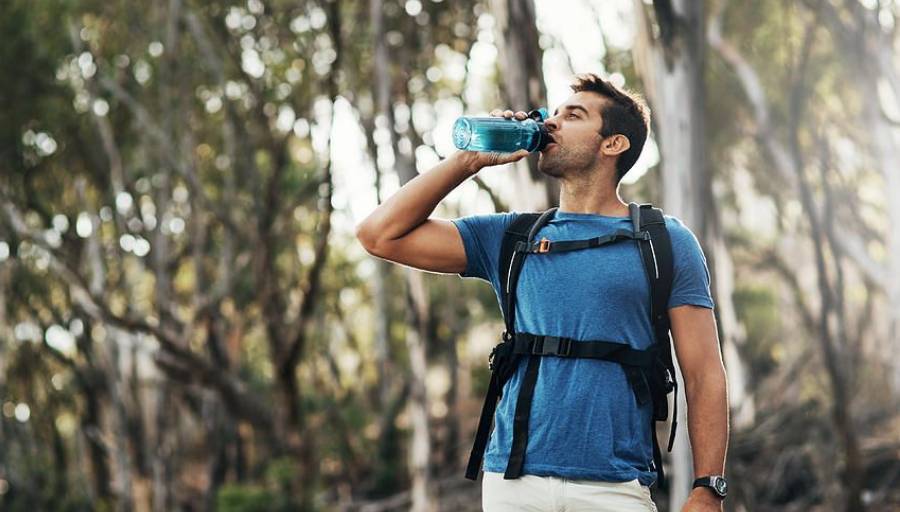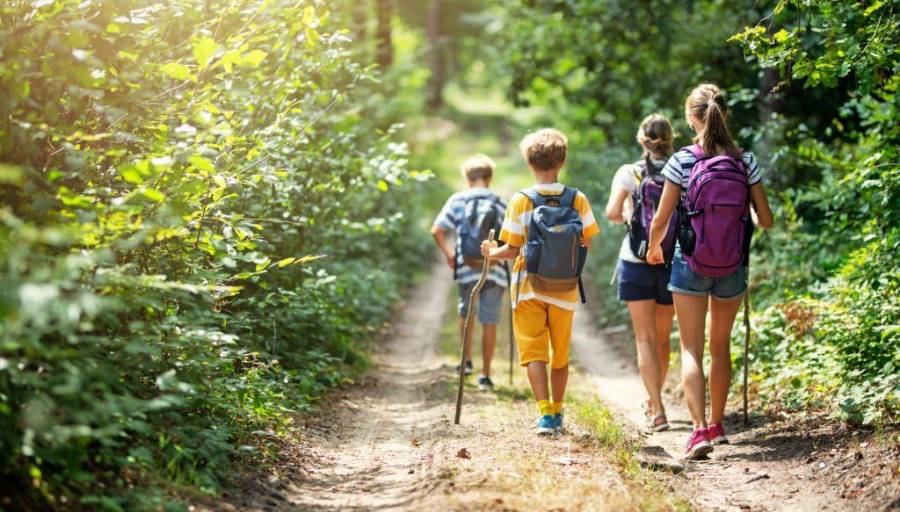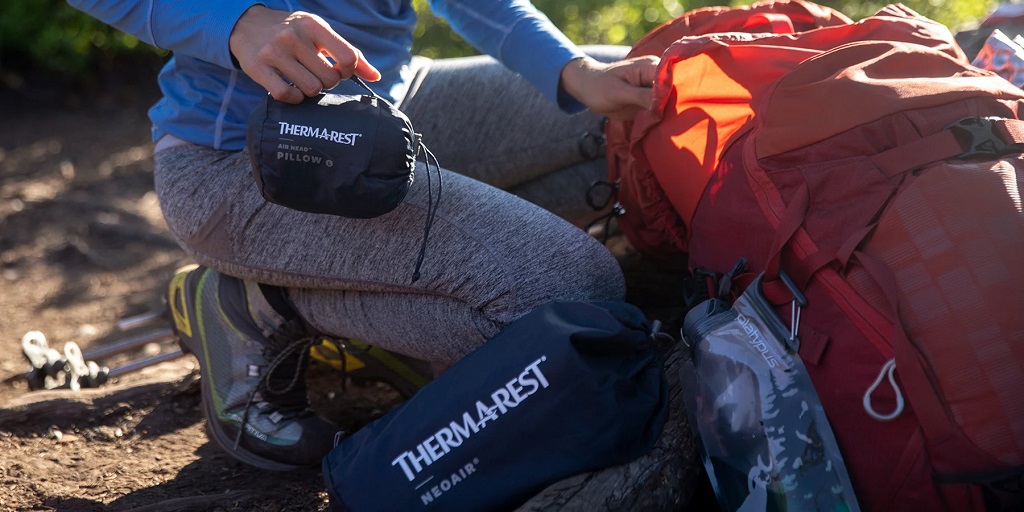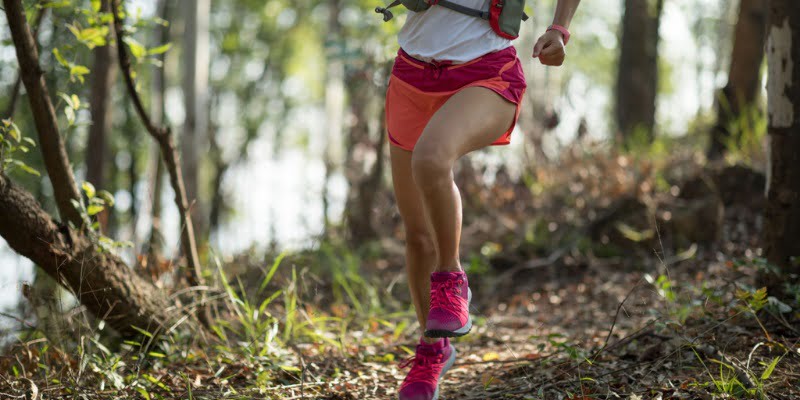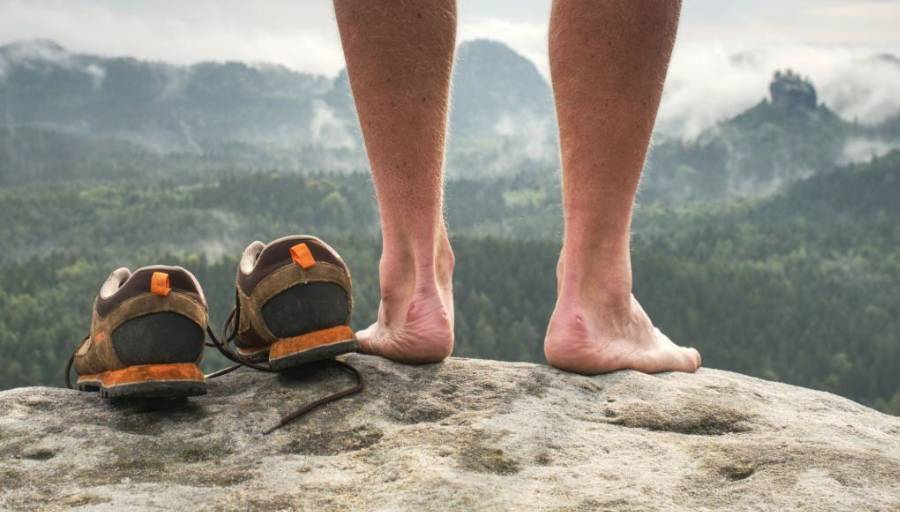Essential Tips on How Do You Prepare for a Hike
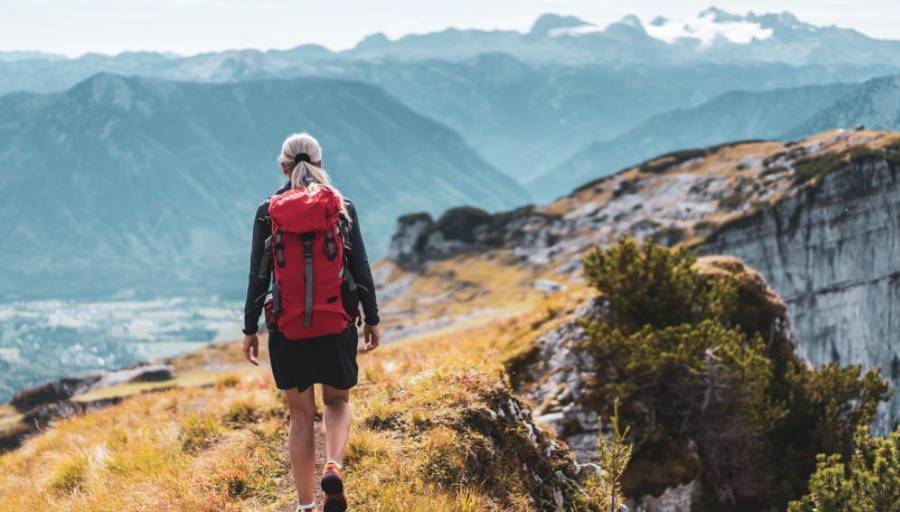
Embarking on a day hike or an extended trek requires careful preparation to ensure a safe and enjoyable experience. Thorough planning is essential, encompassing factors such as your route, overnight arrangements, sustenance, hydration, and the right gear for walking. Also, staying informed about the weather forecast is crucial to adapt your plans accordingly.
For extended hikes, detailed preparations involving overnight stays, provision of food and water, and selecting appropriate walking equipment lay the foundation for a successful journey. If you’re contemplating a hiking expedition but find yourself uncertain about your readiness, let’s see our complete guide on how to prepare for a hike…
Prepare for a Day Hike
While a day hike may seem like a casual stroll, it’s essential to recognize that adequate preparation is indispensable. Whether you’re walking with friends or children, ensuring complete safety is crucial. This involves proactive measures to mitigate weather-related risks and carrying appropriate equipment to meet the demands of the journey.
Checking the Weather
It may seem obvious to many of you, but checking the weather before you hike is the first step in planning. At a glance, you can decide to go on a day hike whatever the season. Even in winter, going for a walk on a cold but sunny day is particularly pleasant. To know the weather forecast, do not hesitate to take a look at the forecasts of Mountain Forecast. The weather data is updated several times a day and you even have access to precipitation radars, which allows you to prevent the risk of rain!
Undoubtedly, inclement weather can mar the enjoyment of a day hike. Optimal planning includes selecting a day bathed in sunshine to enhance the overall experience. In the event of unfavorable weather conditions, it is advisable to consider postponing the hiking expedition to a later, more favorable time.
Get Help From the Internet or Websites
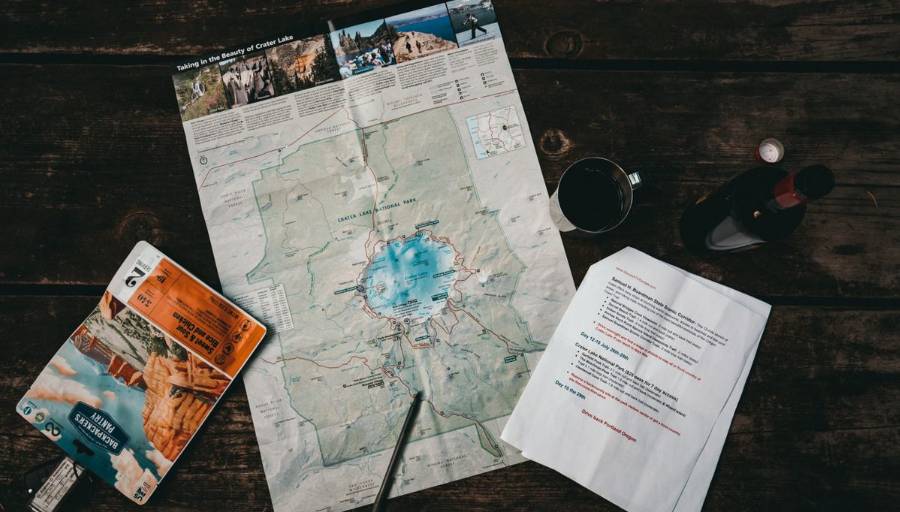
You’ve just checked the weather forecast, and the good news is the day of your walk will be sunny! Now, do not go on an adventure at random without knowing where you will end up. To explore the smallest trails in your region, I recommend websites that list the hikes carried out by hikers from all walks of life, such as Earth Trekkers!
Choose Suitable Equipment
Even if you are not going to go for several hundred kilometers and you will not be sleeping in the great outdoors, you will need to bring hiking equipment adapted to your morphology and your needs. Without being exhaustive, here is the basic hiking equipment to always take with you:
- Hiking Shoes: Opt for a size larger than your usual to account for potential foot swelling during extended walks. This ensures comfort, especially after a couple of hours of hiking.
- Hiking Backpack: For day trips, a 40-liter backpack with a waist belt is recommended. This design helps distribute the weight more effectively. Check our dedicated article for guidance on choosing the right hiking backpack.
- Anti-Blister Socks: Invest in specialized socks to prevent blisters. Consider adding hiking gaiters to your gear for added protection.
- Hydration and Nutrition: Carry a water bottle to stay hydrated and pack hiking-friendly food to keep your energy levels up.
- Clothing Layers: Adhere to the three-layer rule for clothing to adapt to varying weather conditions. Base layer for moisture-wicking, insulating layer for warmth, and a waterproof outer layer for protection against rain or wind.
- Headgear: Whether it’s a hat for sun protection, a cap for shade, or a beanie for warmth, choose headgear according to the prevailing weather.
- Navigation Tools: Always have a map and compass for navigation, even if you’re familiar with the trail. Additionally, pack a headlamp for unexpected low-light situations.
Preparing for the Long Hike Upstream
Preparing for a long hike demands a combination of logical planning and unwavering perseverance. In addition to these essential qualities, it is essential to have a comprehensive understanding of your physical capabilities to ensure you embark on a challenging journey well-prepared. If the prospect of an extensive hike feels daunting, let’s break down the key elements together to enhance the overall quality of your preparation.
The Preparation of the Route
The preparation for the route and the knowledge of the many stages is the starting point of a great hike. Choose a duration compatible with your physical level: 3 days if you are a beginner, a week if you have experience, and several weeks if you are used to it. This time will simply be a support for your own organization.
Remember not to rely solely on the provided instructions when setting out on the long trail. It is essential to acquire the skill of calculating the elevation for each stage of the route and identifying various sites where you can find drinking water.
You will need to list the stalls, shops, and other supermarkets where you can stock up in the evening. Remember to always have the emergency numbers at hand to contact if necessary. You must also learn to understand and recognize the markup while hiking if you haven’t already done so. Don’t forget that some long trails have a distinctive sign.
The Choice of the Best Season
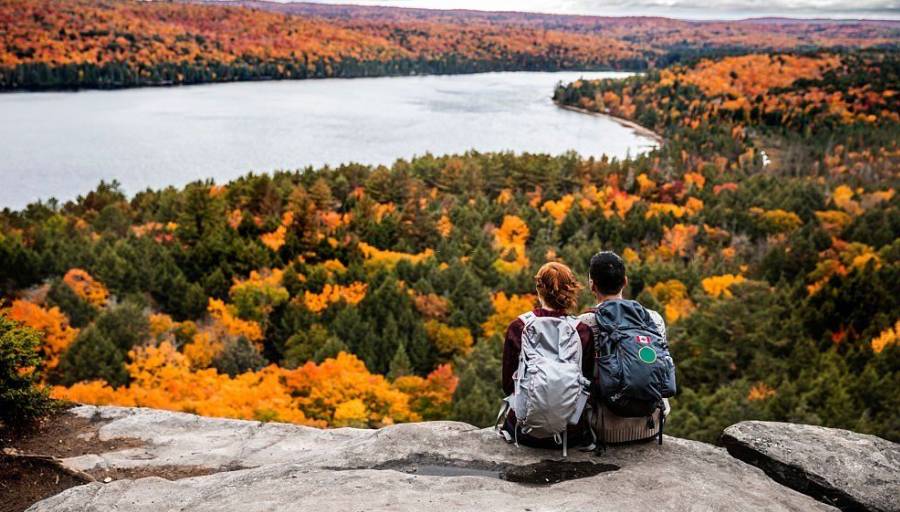
Walking for several days or several weeks is physically and morally difficult. This is why, during your preparation for the hike, you will have to reduce one of these main factors: bad weather.
Hiking in the rain for several days in a row is exhausting and might even cause you to give up even though the hike itself was not that difficult. This is why you will need to find the best possible season for the course you have chosen.
Each region has a time of year to avoid for several reasons. The Mediterranean is to be avoided in summer if you can’t stand the heat or in autumn because of the heavy rains that form there. In the mountains, winter is of course to be avoided unless you decide on a snowshoe hike. Otherwise, it is better to avoid spring and autumn for hiking above 2000 meters in altitude because snowfall is often present.
Book Resting Places
On the Internet, you will find many sites of reception of hikers for the night. You will find hotels, campsites, lodges and sometimes even abbeys! Along the pilgrimage trails, you will find sites where you can sleep easily. This is not the case for other lesser-known long trails.
In this case, you will have to book in advance each night of rest, hence the importance of preparing each day’s walk on your itinerary! This way, you will know in which village to spend the night. From experience, I advise you to call or send an email ten days before your visit to be sure to find a place.
Practice Walking
To endure the journey during the hike, you must acclimate yourself to the extended hours of walking and familiarize yourself with your new equipment. This includes breaking in your hiking boots for a custom fit and thoroughly testing your backpack for comfort and functionality.
For this, I invite you to multiply the days of walking as soon as possible and in all weathers. This condition will allow you to test the waterproof index of your rainwear or the protection offered by the clothing against the sun. This will also allow you to see if you sometimes have cravings or hypoglycaemia and prevent these kinds of problems by preparing energy bars!
In short, this kind of training is essential to prepare your muscles, test your physical condition, and see if you are missing anything. So it’s a rehearsal before the real start.
The Organization of the Hike
After the planning comes the time to organize the hike. It’s time to choose the equipment to take with you. Let’s take a look around, focusing on the most important aspects. It is of course obvious that depending on your preferences, we will not be able to address this issue exhaustively here.
The Essential Equipment for Long Hikes
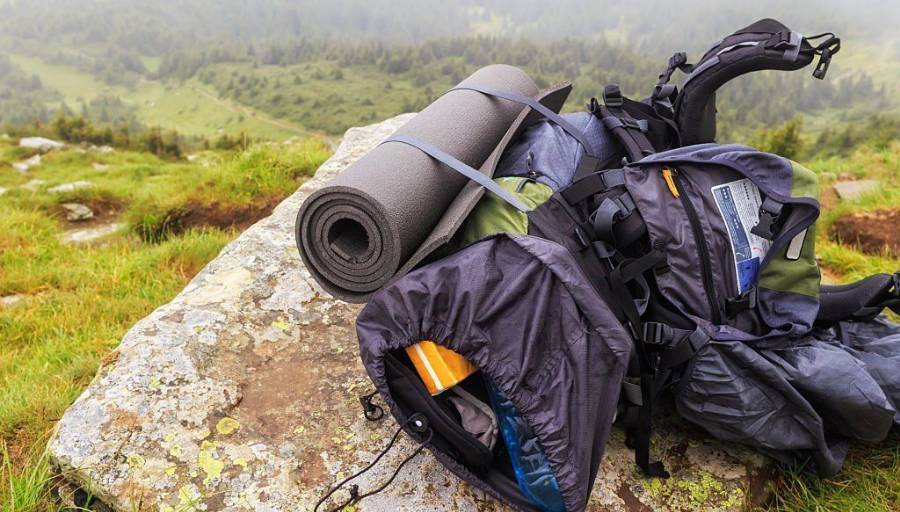
Are you going for a week or more on a long trail? Here is the minimum hiking equipment to bring:
- High-cut hiking boots to hold the ankle well.
- Hiking socks to promote breathing.
- moisture removal to reduce the risk of blisters.
- A hiking backpack of more than 55 liters
- Hiking pants for the summer depending on your preferences.
- Protection against the sun: glasses, hat, cap.
- 3-layer clothing: technical t-shirts, fleeces and rain jacket.
- hiking stick.
- A hiking tent: light and quick to pitch to sleep under the stars if you can’t find a lodge or hotel for the night.
Health and Safety: Basic Equipment

Besides the first aid kit, which is the basic, you can also pack a tick tweezer, which we already talked about in our article titled beware of ticks and Lyme disease while hiking. The survival blanket is one of the essential gear, especially for going through the mountains.
When it comes to altitude, always consult with your doctor if you have previously experienced acute mountain sickness. Prioritize safety by carrying a hiking GPS if you venture off the beaten track, and ensure you have a reliable, irremovable headlamp to enhance visibility for both yourself and others as the sun sets.
The Issue of Water and Food
During an extended hiking expedition spanning several weeks, effective management of fundamental necessities such as water and food becomes paramount. Here is the equipment to bring when you organize your hike:
- The filter gourd or the filter straw: Lifestraw offers many very interesting models.
- The firesteel can make fire under any weather condition.
- An aluminum cooking pot, to combine lightness and utility and prepare your hot meals.
- A stove to heat your meals.
- Freeze-dried dishes to have a reserve of food.
Conclusion
Whether planning a hike for just a few hours or several weeks, thorough preparation is essential. In both scenarios, you must study the route carefully and keep a close eye on the weather to avoid setting out in unfavorable conditions.
For long-distance hiking, the choice of the season is also important so that you can avoid yourself under the snow in spring at high altitudes or under the rain in November near the Mediterranean. You must bring equipment adapted to your morphology, needs, and the weather that you will have to face. Don’t forget the principle of 3 layers for your clothes: a technical T-shirt, fleece for warmth and a rain jacket for waterproofing.
Remember to book your resting places as much as possible and always carry health and safety equipment to prepare for any eventuality. In any case, don’t worry if you miss a particular tool during your hike, you can make up for it next time. Finally, keep in mind that hiking involves risks from the moment it is not prepared!

